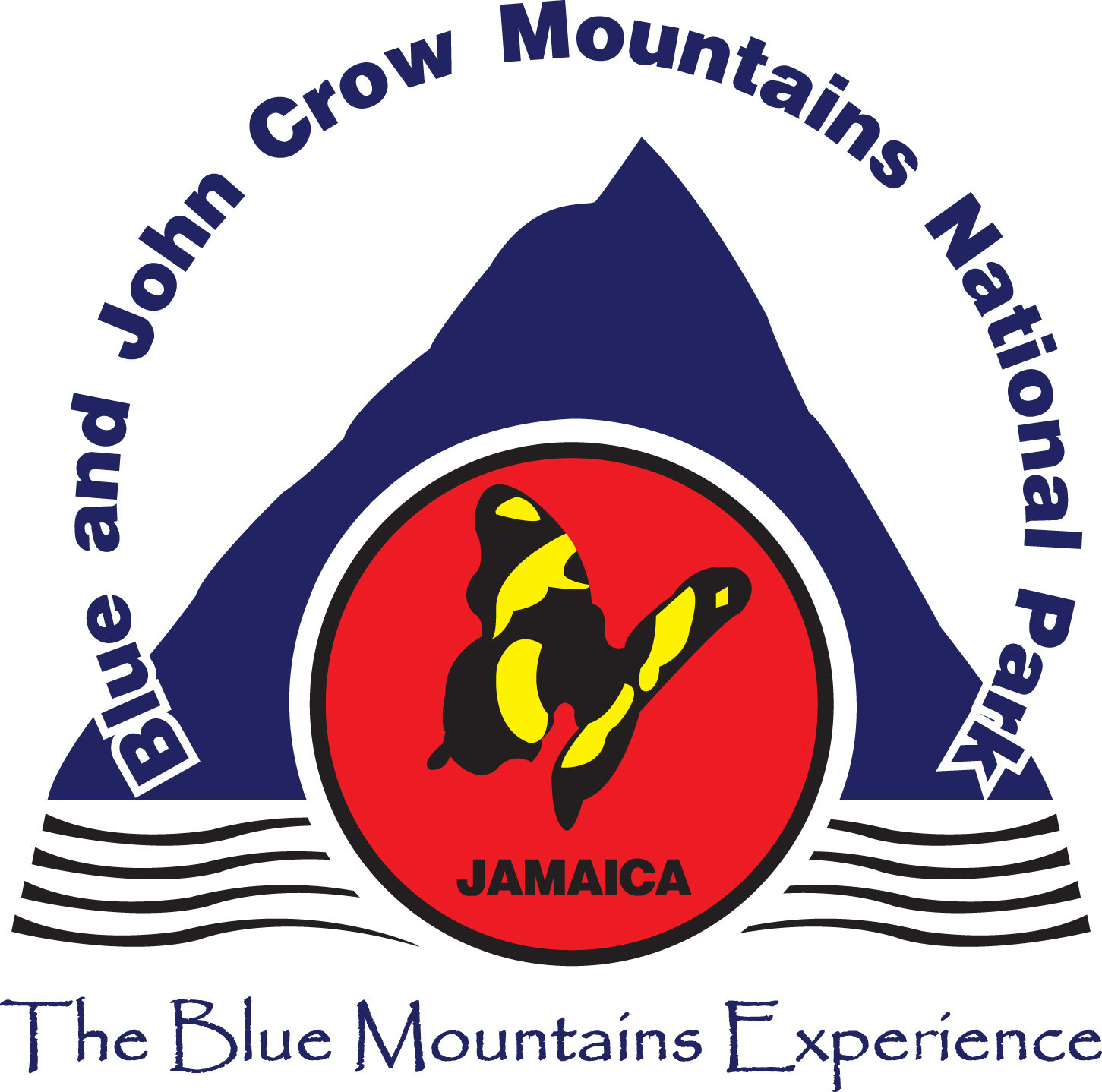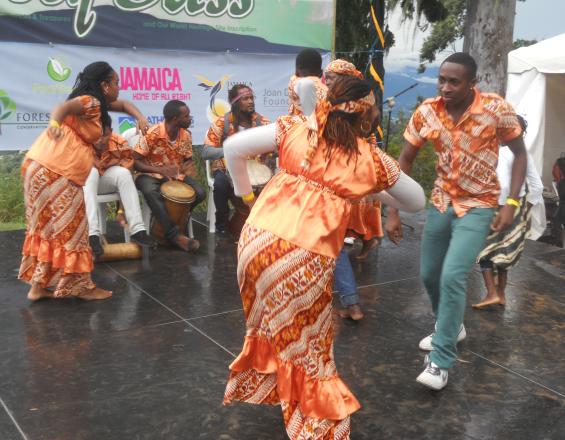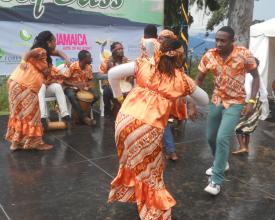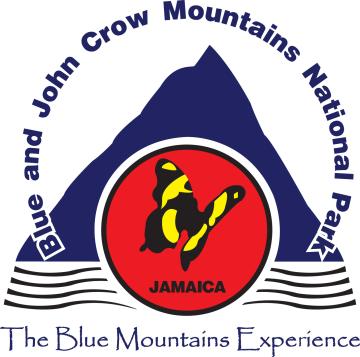
Involving local communities in protecting natural and cultural heritage

The Blue and John Crow Mountains National Park and World Heritage Site (BJCMNP), in protecting the natural and cultural heritage of the site just inscribed on the World Heritage List, works closely with the Windward Maroons who revere these mountains which provided all they needed to establish their culture and secure their sovereignty through guerilla warfare and eventual signing of a Peace Treaty in 1739. The Park provides capacity building and support for alternative livelihoods and projects.
Context
Challenges addressed
Poverty, harmful agricultural practices, limited PA management and funding were the three main challenges. The rural communities of the Blue and John Crow Mountains are mainly poor, small farmers whose agricultural practices threaten the values that the National Park was established to preserve. The Government of Jamaica has limited funds for management of the National Park. There is a need to generate support and income for the National Park and the local communities using sustainable approaches.
Location
Process
Summary of the process
Building Blocks
Building Relationships with Communities by Working Together
Enabling factors
Lesson learned
Addressing Community Income Generation Needs through Tourism
Enabling factors
Lesson learned
Strengthening Capacity through Training and Responsibility
Enabling factors
Lesson learned
Impacts
The BJCMNP is managed by an NGO, the Jamaica Conservation and Development Trust (JCDT) on behalf of the government. The JCDT’s community outreach focuses on the Windward Maroon communities because their cultural heritage is being protected and has helped protect the natural heritage of the site. The involvement and benefits to these communities have made them supporters of the park. The additional income and new livelihood approaches have created greater interest from community youth resulting in cultural heritage and traditional practices being passed on more strongly and have created new economic benefits. The participation of the Maroon communities on committees helps ensure that they are kept informed and are able to provide information and recommendations on management plans and approaches. This allows the Maroon communities to guide Park management based on their knowledge and concerns and to participate in management activities e.g. monitoring and education/ public awareness. Park management support for the 4 festivals of the Maroon Councils and groups has helped strengthen the relationships between the organisation and communities.
Beneficiaries
Windward Maroon communities and other local communities.






